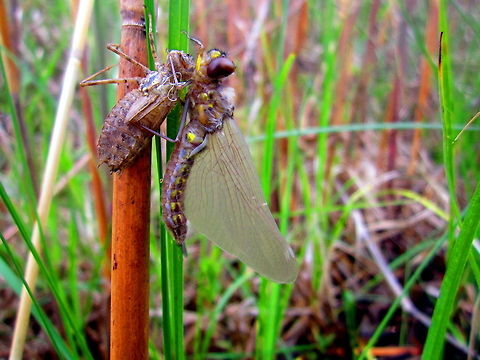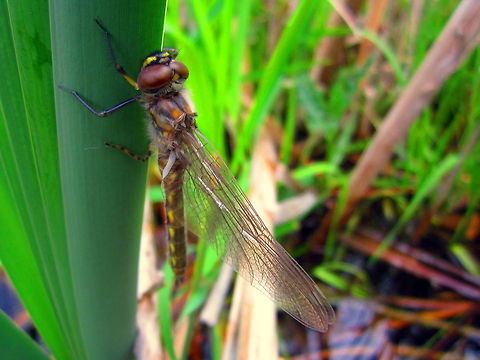
Behavior
Late May to mid-July in Wisconsin. In the northern part of its range, the flight season is from early May to mid-September with a peak time in early spring.
Habitat
Common throughout eastern United States and southeastern Canada, the stream cruiser is usually found at streams, rivers, and lakes that are slow, forested and sandy-bottomed, not still or vegetated. Sometimes they are found in uplands, along edges of forested trails or fields. Before emergence occurs, the larvae often travel from the water's edge and may climb trees. They may travel more than 40 to 50 feet before emerging. This species is common in Wisconsin, especially in the northern half of the state.References:
Some text fragments are auto parsed from Wikipedia.